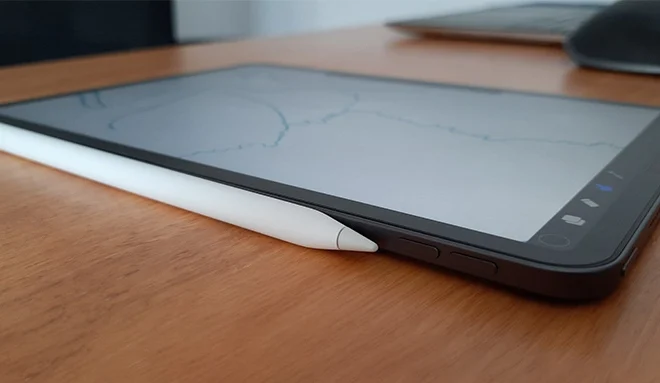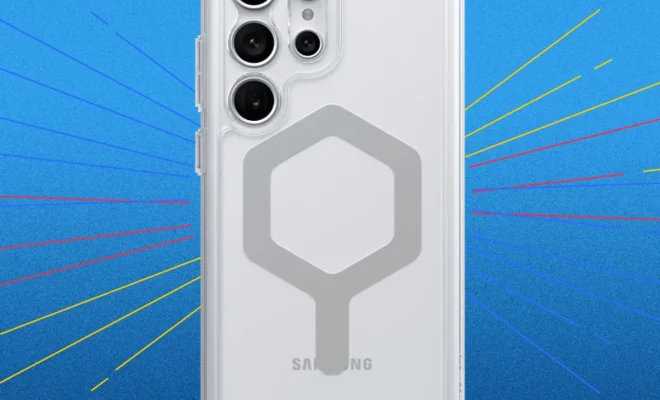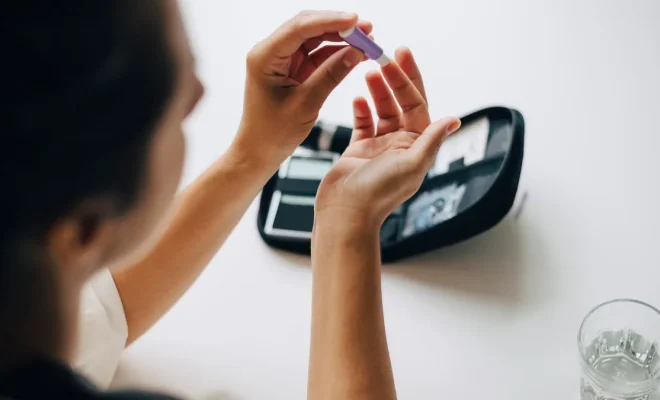Can the iPad Replace a Professional Drawing Tablet?

In recent years, there has been a surge in popularity for digital art and design. With the rise of technology, artists now have more options than ever when it comes to choosing the right tool for their work. One question often asked is, can an iPad replace a professional drawing tablet? This article will delve into this question by comparing several factors such as performance, features, portability, and cost.
Performance
When it comes to performance, both the iPad and professional drawing tablets offer exceptional capabilities. The iPad Pro, specifically, has an A12Z Bionic chip that provides smooth and seamless operation when using various drawing applications. Many professional drawing tablets also offer impressive specs with high-quality displays and quick response times for accurate pen strokes.
Features
Drawing tablets usually come with customizable shortcut keys and rotating dials that allow artists to streamline their workflow. However, the iPad does not come with these features out of the box. Instead, artists may need to use touchscreen gestures or buy additional accessories like the Apple Pencil or third-party styluses.
The iPad also offers multi-tasking capabilities and access to numerous apps beyond just drawing programs. These additional features make it suitable for a wider range of tasks outside of art creation.
Portability
When it comes to portability, the iPad has an advantage over most professional drawing tablets due to its slim design and lightweight nature. Most drawing tablets require a connection to a computer, while the iPad can be used as a standalone device. For artists constantly on the go or those who prefer working in different environments, the iPad is a more travel-friendly option.
Cost
Price is often a decisive factor when purchasing any device. While iPads can be quite expensive (especially when adding the cost of Apple Pencil), some professional drawing tablets can be even more costly when you factor in purchasing compatible computers and necessary accessories. However, there are affordable options available on the market for both iPads and drawing tablets, so ultimately the decision will depend on one’s budget.
Conclusion
While the iPad may not be a perfect substitute for a professional drawing tablet, it does offer numerous advantages such as portability, a wider range of applications, and versatility. For artists seeking a more mobile setup or those who already have an iPad and want to explore digital art creation, it is undoubtedly worth considering. However, for those who require the full set of features that only a dedicated drawing tablet can provide, investing in a professional graphics tablet may be the better choice. Ultimately, it comes down to personal preference and priorities when deciding which device to use for your digital art journey.






